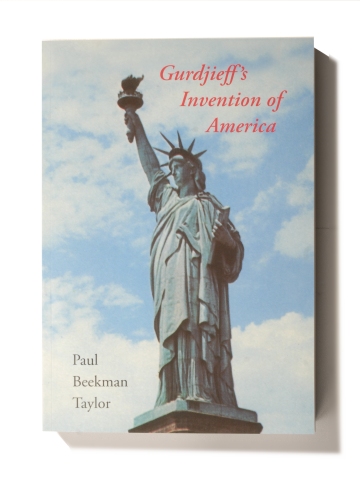
Gurdjieff's
Invention of America
Paul
Beekman Taylor
Gurdjieff’s Invention of America, a revised versionof the author’s earlier Gurdjieff’s America, traces Gurdjieff’s engagement with three “Americas.”
The first, unveiled to him when still young, was Thomas Edison’s America of energetic technology and inventiveness. The second, gleaned through cultural contacts with Americans abroad, was a society and culture in a still formative stage.
Then, in the course of eight visits to the United States he constructed an idea of America as a moral and cultural model for a renewal of human consciousness worldwide. The characteristics of this triadic America are indicated eloquently in Gurdjieff’s “Beelzebub in America,” the longest chapter in All and Everything. His penetrating insight into the negative and positive aspects of America there rings as true at the dawn of the twenty-first century as it did in the middle of the twentieth.
Significant to Gurdjieff’s success in disseminating his ideas throughout
the United States
was the number of fruitful contacts he made with Americans, particularly
the friendships
he forged with his appointed American deputies A. R. Orage and N. J. Toomer,
both of
whom gathered hundreds of followers to Gurdjieff’s ideas in New
York and Chicago,
bases for the future development of current thriving teaching centers
in America.
BACK